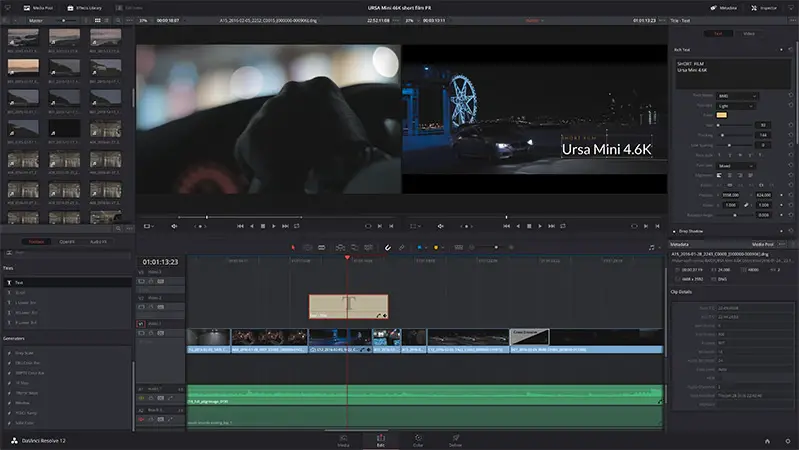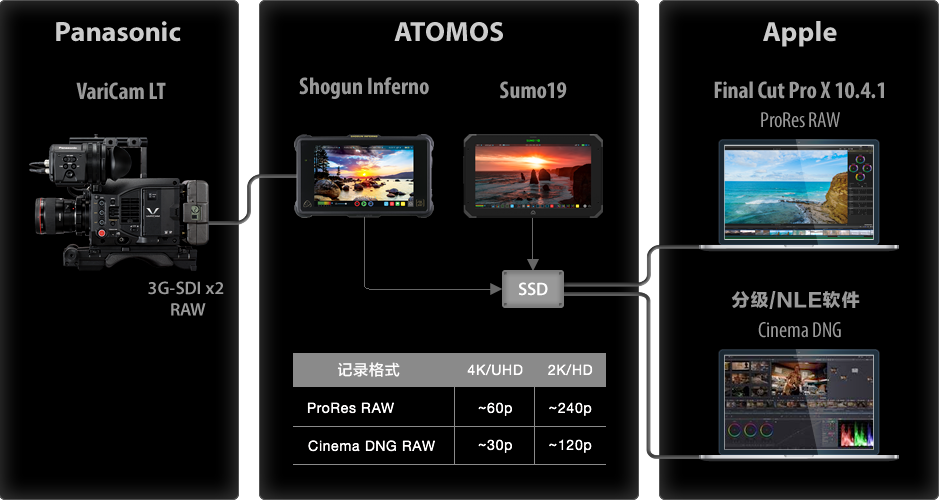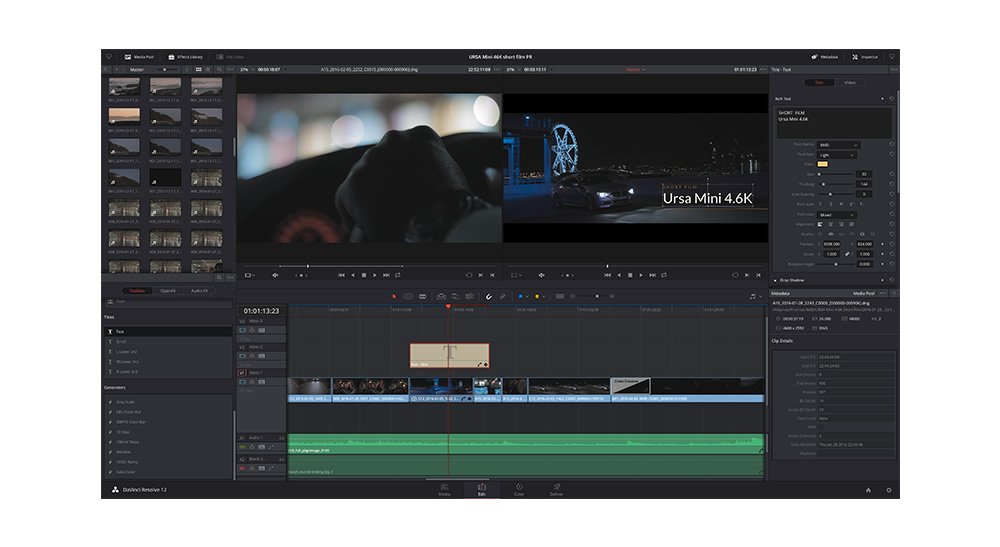
- #Davinci resolve 12.5.1 rapidgator serial#
- #Davinci resolve 12.5.1 rapidgator manual#
- #Davinci resolve 12.5.1 rapidgator code#
Typically, transistors are modeled by the application of calibrated nominal and range models.

The results in this paper will serve as guidelines for researchers to understand the tradeoffs between accuracy and complexity of various numerical methods and the choice of appropriate calculus to handle SDEs. Through several numerical tests, including path-wise error, preservation of the magnetization norm, and 50% magnetization reversal boundary of the macrospin, we clearly illustrate the accuracy of various numerical schemes for solving the s-LLGS equation. While the trapezoidal method in SPICE does solve for the Stratonovich solution, its accuracy is limited by the minimum time-step of integration in SPICE.

In this sense, methods, such as Euler and Gear, which are typically used by SPICE-based circuit simulators do not yield the expected outcome when solving the Stratonovich s-LLGS equation. The choice of specific stochastic calculus while solving SDEs determines which numerical integration scheme to use. We also demonstrate a new method intended to solve stochastic differential equations (SDEs) with small noise, and test its capability to handle the s-LLGS equation. In this paper, we focus on implicit midpoint, Heun, and Euler-Heun methods that converge to the Stratonovich solution of the s-LLGS equation. The numerical simulation of the s-LLGS equation requires an appropriate choice of stochastic calculus and the numerical integration scheme. The s-LLGS equation is widely used by researchers to study the temporal evolution of the macrospin subject to spin torque and thermal noise. In this paper, we discuss the accuracy and complexity of various numerical techniques to solve the stochastic Landau-Lifshitz-Gilbert-Slonczewski (s-LLGS) equation. Attention has been paid to the specific nature of circuit-simulation problems to ensure that optimal parallel efficiency is achieved as the number of processors grows. These include serial, shared-memory and distributed-memory parallel platforms.
#Davinci resolve 12.5.1 rapidgator code#
Xyce is a parallel code in the most general sense of the phrase - a message passing parallel implementation - which allows it to run efficiently a wide range of computing platforms. Object-oriented code design and implementation using modern coding practices. DevicemodelsthatarespecificallytailoredtomeetSandia’sneeds,includingsomeradiation- aware devices (for Sandia users only). This allows one to develop new types of analysis without requiring the implementation of analysis-specific device models. A differential-algebraic-equation (DAE) formulation, which better isolates the device model package from solver algorithms.


#Davinci resolve 12.5.1 rapidgator serial#
This includes support for most popular parallel and serial computers. Capability to solve extremely large circuit problems by supporting large-scale parallel com- puting platforms (up to thousands of processors). This development has focused on improving capability over the current state-of-the-art in the following areas: Xyce has been de- signed as a SPICE-compatible, high-performance analog circuit simulator, and has been written to support the simulation needs of the Sandia National Laboratories electrical designers.
#Davinci resolve 12.5.1 rapidgator manual#
This manual describes the use of the Xyce Parallel Electronic Simulator.


 0 kommentar(er)
0 kommentar(er)
